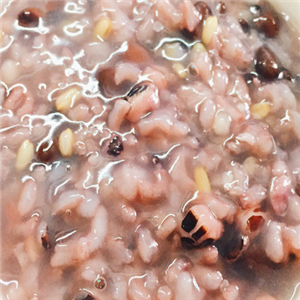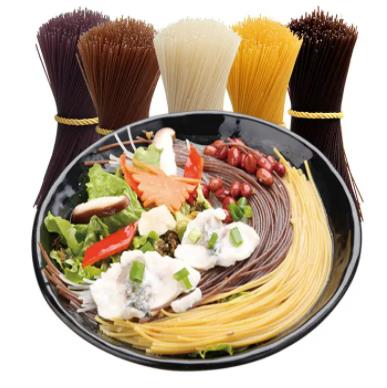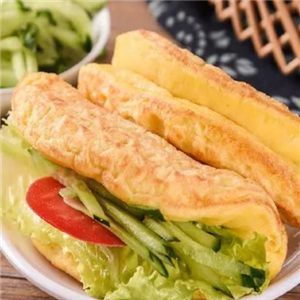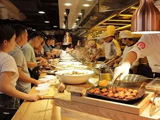Grains
Origin of the name of cereals
Historical origin of cereals
Nutritional function of cereals
See more joining projects of "cereals"
“ Grains ”Related franchise projects
-
Products: Porridge shop Number of stores: one hundred -
Investment amount: -
100000~200000
-
Consultation: -
zero people
-
Requested: -
one thousand one hundred and sixty-nine people
Health Preserving Porridge with Eight Treasure Rice and Five Cereals Xiangqiao District, Chaozhou City, Guangdong Province -
-
Products: Fish Meal with Grains Number of stores: two hundred and ten -
Investment amount: -
50000~100000 yuan
-
Consultation: -
zero people
-
Requested: -
one thousand one hundred and forty-three people
Fat Forest Grains Fish Meal Baiyun District, Guangzhou City, Guangdong Province -
-
Products: snack Number of stores: one hundred -
Investment amount: -
100000~200000
-
Consultation: -
zero people
-
Requested: -
eight hundred and fifty-seven people
Fancy Pancakes, Grains and Grains Qingyunpu District, Nanchang City, Jiangxi Province -
-
Products: Coarse Cereals Number of stores: ninety-eight -
Investment amount: -
10000~50000
-
Consultation: -
zero people
-
Requested: -
one thousand one hundred and eighty-seven people
Shanghai is thriving in trade Yangpu District, Shanghai -
-
Products: fish meal Number of stores: fifty-five -
Investment amount: -
50000~100000 yuan
-
Consultation: -
zero people
-
Requested: -
one thousand and eighty-four people
Health Preserving Fish Meal with Grains Liwan District, Guangzhou City, Guangdong Province -






